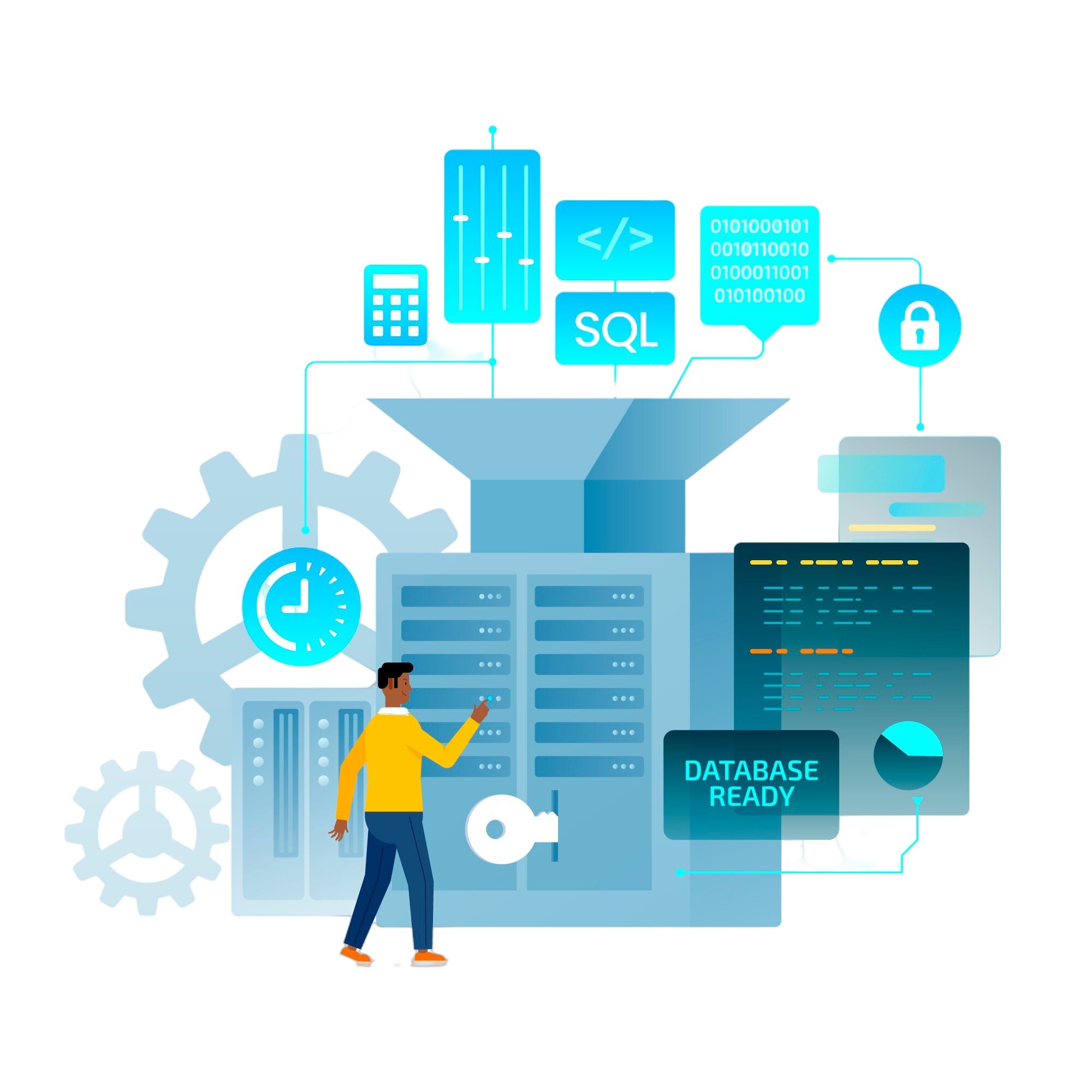
Introduction
In the realm of data management, SQL is a vital tool for handling databases. Whether you’re a data enthusiast or a professional, understanding SQL is crucial. In this post, we will explore what SQL is, its purposes, and its capabilities.
What is SQL?
SQL, or Structured Query Language, is a standardized programming language for managing and manipulating relational databases. Essentially, SQL allows you to interact with data stored in a database, performing various operations like querying, updating, deleting, and inserting data. Its widespread use and robust capabilities make it an indispensable tool in the world of data.
What is SQL Used For?
SQL primarily communicates with databases. Here are some key purposes it serves:
- Data Retrieval
- Data Manipulation
- Database Management
- Data Analysis
Data Retrieval
First and foremost, SQL queries databases to retrieve specific information. Whether you need a single record or thousands, SQL makes data retrieval straightforward.
Data Manipulation
Moreover, with SQL, you can insert new records, update existing ones, and delete outdated data. This manipulation maintains an accurate and up-to-date database.
Database Management
In addition, SQL commands create and manage database structures, such as creating tables, defining relationships between them, and setting up indexes to improve query performance.
Data Analysis
Furthermore, SQL acts as a powerful tool for data analysis. You can aggregate data, perform complex calculations, and generate insights that drive decision-making.
What Can You Do with SQL?
The possibilities with SQL are vast. Here are some practical applications:
- Creating Databases and Tables
- Running Queries
- Joining Tables
- Data Aggregation
- Database Administration
- Automating Tasks
Creating Databases and Tables
To begin with, SQL allows you to create databases and define the structure of tables within them. This includes specifying data types and constraints to ensure data integrity.
Running Queries
Additionally, SQL queries can range from simple to complex. For instance, you can use SELECT statements to fetch specific columns, apply filters using WHERE clauses, and sort data with ORDER BY.
Joining Tables
One of the most powerful features of SQL is its ability to join tables. By linking tables based on common columns, you can combine data from multiple sources to gain comprehensive insights.
Data Aggregation
Moreover, SQL provides functions like COUNT, SUM, AVG, MAX, and MIN to aggregate data. This proves particularly useful for generating reports and summaries.
Database Administration
Database administrators use SQL to set up user permissions, create backups, and ensure the security and performance of databases.
Automating Tasks
Finally, through stored procedures and triggers, SQL automates repetitive tasks, ensuring consistency and efficiency in data management processes.
Why Learn SQL?
Learning SQL offers numerous benefits:
- Career Opportunities: SQL skills are highly valued across industries. Whether in tech, finance, healthcare, or e-commerce, professionals with SQL expertise are in demand.
- Data Literacy: Understanding SQL enhances your ability to work with data, a critical skill in today’s data-driven world.
- Versatility: SQL is used in various database systems like MySQL, PostgreSQL, Oracle, and SQL Server. Knowledge of SQL can be applied across different platforms.
Conclusion
In conclusion, SQL is a fundamental tool in the toolkit of anyone working with data. From querying and manipulating data to managing databases and performing complex analysis, SQL’s capabilities are extensive. By learning SQL, you unlock the potential to harness data effectively, driving better decisions and opportunities in your career. Start your SQL journey today and transform the way you interact with data!